International
Lula enters the municipal campaign at the last minute in the face of a divided bolsonarism in São Paulo
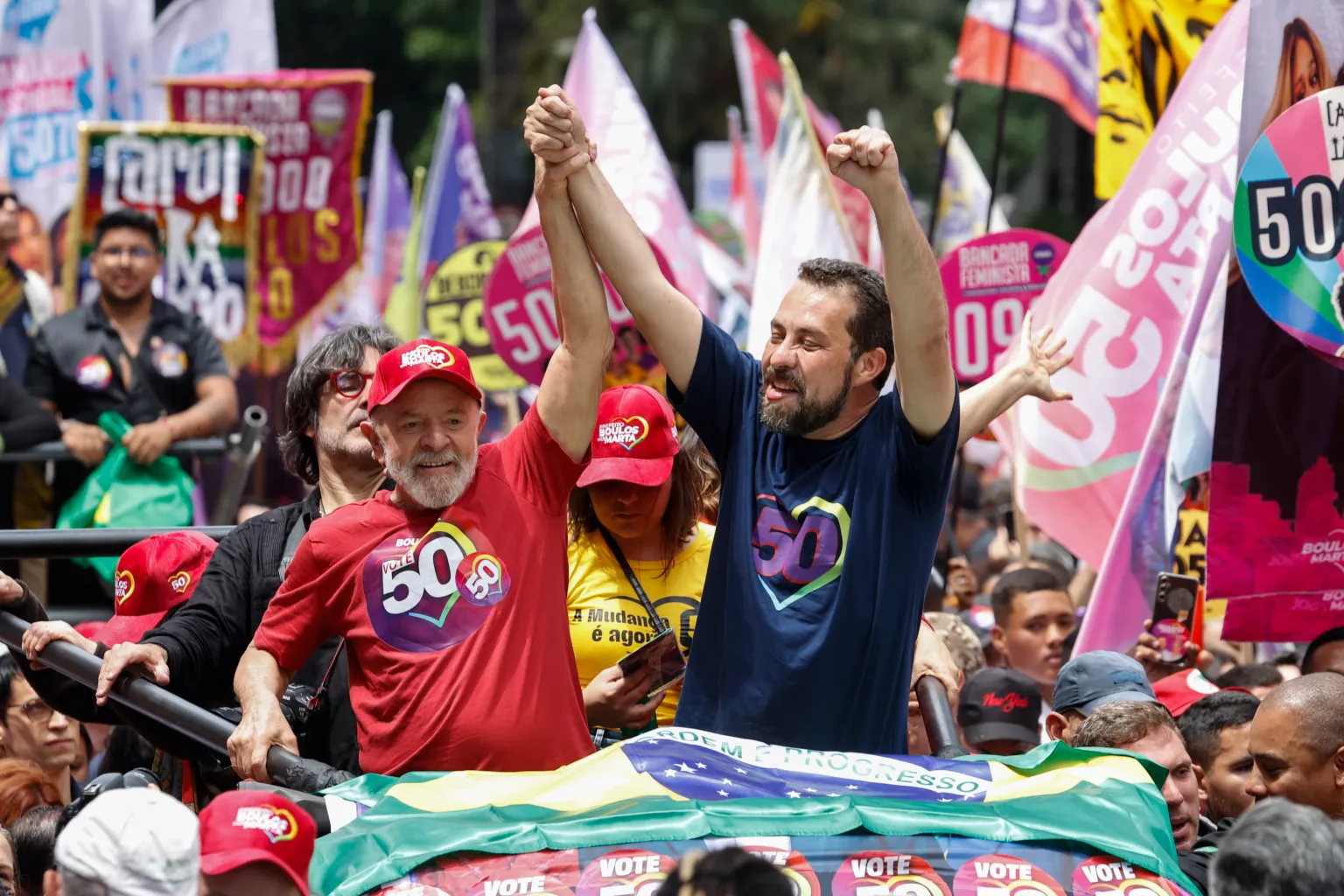
Brazilian President Luiz Inácio Lula da Silva entered at the last minute in the campaign for this Sunday’s municipal elections in support of his candidate in São Paulo, a key city and in which the far-right of former president Jair Bolsonaro is completely divided.
Lula, who had been almost absent from the campaign for the municipal elections, participated this Saturday in an act in favor of Guilherme Boulos, candidate for mayor of São Paulo, who with 9.3 million voters constitutes the largest electoral college in the country.
Both walked along the central Paulista Avenue, in an act without speakers due to the electoral ban and accompanied by several thousand followers of Lula, the great reference of Brazilian progressivism.
Boulos is a deputy of the Socialism and Freedom Party (PSOL) and is in coalition with the Workers’ Party (PT), of Lula, which has lost municipal weight and in these elections only has its own candidates for mayor in 1,379 of the 5,569 municipalities.
The Liberal Party (PL), which is led by Bolsonaro and had almost no national presence until 2018, when the far right broke out, has nominated 1,477 candidates for mayor, but in São Paulo it has been divided after the appearance of Pablo Marçal, a newcomer to politics even more extreme than the former president himself.
Provocation as the norm of the dissident ultra-right
During the campaign, Marçal has insulted his opponents in every way, provoked to the power and spread lies in bulk, which have earned him sanctions from the electoral authorities and that one of his adversaries lost patience and attacked him with a chair in a debate broadcast on television.
However, with a style that borders on the patanería, it has slipped among the favorites and the polls attribute about 20% support, as well as to Boulos and the current São Paulo mayor and candidate for re-election, Ricardo Nunes, supported by Bolsonaro, who like Lula has remained distant from the campaign in São Paulo.
Marçal caused his last scandal this Friday, when he disclosed an alleged medical document according to which Boulos was a cocaine user, which was immediately denied by the socialist, who intends to bring the matter to criminal justice.
According to the polls, the election in São Paulo will go to a second round on October 27, as will happen in the 103 cities with more than 200,000 voters, if no candidate exceeds 50% of the votes.
Put in this way, it is not ruled out that that instance will be disputed in the strategic São Paulo by two references of the far right, which could put Bolsonaro himself in a brete.
Rio de Janeiro and Belo Horizonte, the other jewels of the crown
The trilogy of municipal power, which can be important in the 2026 presidential elections for its influence from the local, is completed by Rio de Janeiro and Belo Horizonte.
In Rio de Janeiro, the second polling station in the country, with five million voters, everything favors the centrist Eduardo Paes, who aspires to re-election supported by Lula and has a voting intention ranging from 50 to 55%.
In Rio, Bolsonaro supports Alexandre Ramagem, of the PL, whom he accompanied this Saturday in an event in the populous northern area of the city and does not exceed 20% in the polls.
They are the centrist Fuad Noman, who aspires to re-election, his adversary in that same field Mauro Tramonte, and the bolsonarista Bruno Engler. Lula’s PT presents Deputy Rogério Correia, whose intention to vote does not reach 10%.
In the rest of the country, the panorama distances itself from the polarized dispute between Bolsonaro and progressism that prevails at the national level and favors center parties, which are the true faithful of the political balance and tend to lean, depending on the situation of the moment, towards one or the other extreme.
International
El Chapo’s son Joaquín Guzmán López pleads guilty to U.S. drug trafficking charges

Joaquín Guzmán López, one of the sons of notorious Mexican drug lord Joaquín “El Chapo” Guzmán, pleaded guilty on Monday to drug trafficking charges in a U.S. court, months after his brother Ovidio reached a similar plea agreement, according to local media reports.
The defendant appeared before a federal court in Chicago early Monday afternoon and changed his previous plea in the case, the Chicago Tribune reported. U.S. authorities accuse him of forming, together with his three brothers, the cartel faction known as “Los Chapitos.”
The group is believed to have continued the operations of El Chapo, who has been serving a life sentence in the United States since 2019.
Guzmán López, 39, was arrested after landing in Texas in a small aircraft alongside cartel co-founder Ismael “El Mayo” Zambada.
International
Venezuela authorizes return flights as U.S. continues deportations amid rising tensions

The arrival of U.S. aircraft carrying undocumented Venezuelan migrants continued regularly despite rising tensions between Washington and Caracas over President Donald Trump’s military deployment in the Caribbean.
Trump maintains that the deployment is part of an anti-narcotics operation, while Venezuelan President Nicolás Maduro insists the true objective is to remove him from power and seize the nation’s oil resources.
Venezuela’s aviation authority has “received a request from the United States government to resume repatriation flights for Venezuelan migrants from that country to Venezuela,” the Ministry of Transportation said in a statement .
“Under the instructions of President Nicolás Maduro, authorization has been granted for these aircraft to enter our airspace,” it added.
Caracas will permit two Eastern Airlines flights to land on Wednesday and Friday.
Migration remains one of the Trump administration’s flagship issues. On Monday, the U.S. president held a meeting with his National Security Council to discuss the situation in Venezuela, a day after confirming he had spoken with Maduro by phone, without offering further details.
According to the Venezuelan government, roughly 75 deportation flights have been carried out this year, returning at least 13,956 Venezuelans from the United States.
International
20,000 rounds stolen from german army after driver leaves cargo unattended
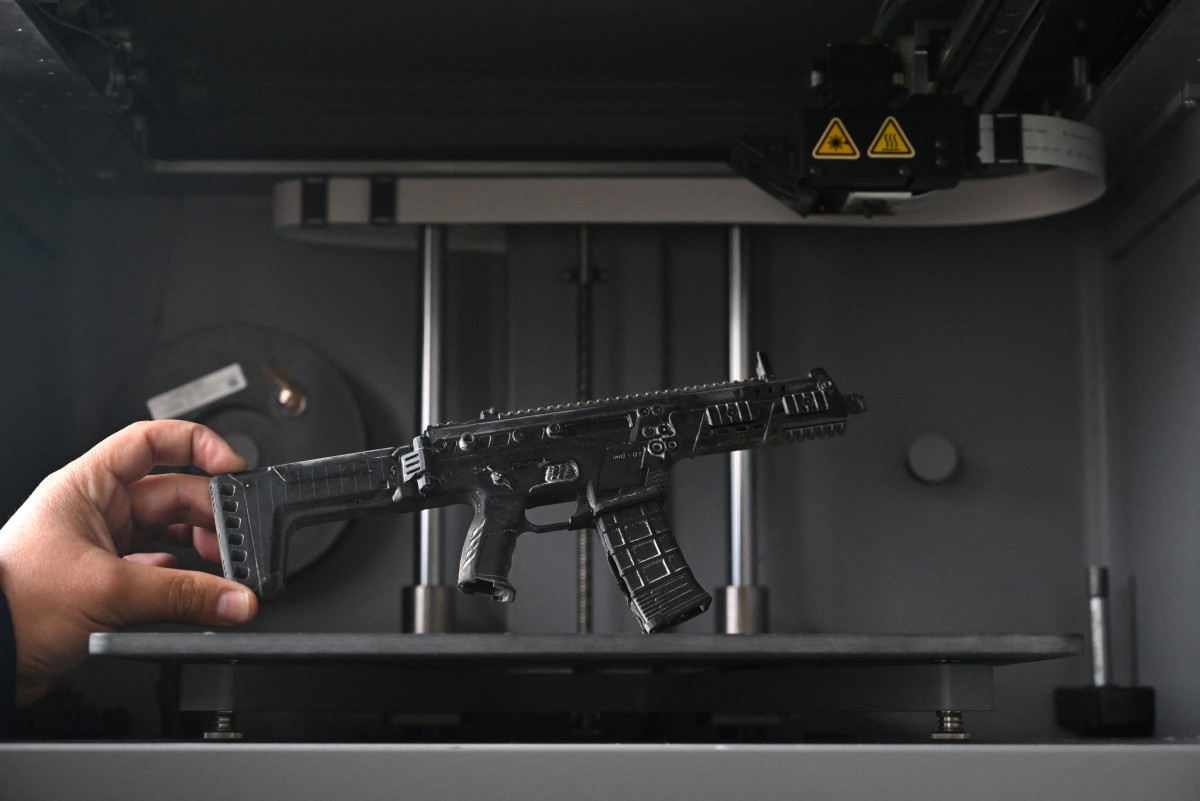
The German army confirmed the theft of a shipment of ammunition that occurred a week ago while it was being transported by a civilian delivery driver, a military spokesperson told AFP, confirming earlier media reports.
According to Der Spiegel and the regional broadcaster MDR, around 20,000 rounds of ammunition were stolen from an unguarded parking lot near Magdeburg, in eastern Germany, while the driver was asleep in a nearby hotel. No information has been released regarding the identity of the suspects, and the military declined to specify the exact type or amount of ammunition taken.
Authorities have also not indicated how the perpetrators knew the cargo would be left unattended.
“The theft was discovered upon delivery at the barracks,” the German army spokesperson said.
A police spokeswoman confirmed to AFP that an investigation has been opened but refused to provide further details “for tactical reasons.”
Sources close to the German military, cited by Der Spiegel, believe it is unlikely the theft was a coincidence. They suspect the thieves waited for the driver to stop for the night before striking.
Der Spiegel also reported that the Defense Ministry normally requires two drivers for this type of transport to ensure the cargo is constantly monitored. However, in this case only one driver was assigned, meaning the civilian transport company failed to comply with the security protocols.
-
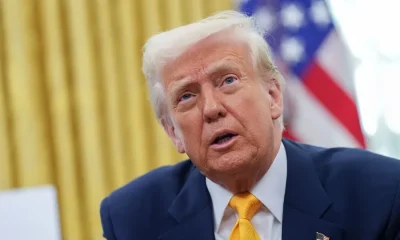
 Central America4 days ago
Central America4 days agoTrump Pardons Former Honduran President Hernández and Warns of Aid Cuts Ahead of Election
-
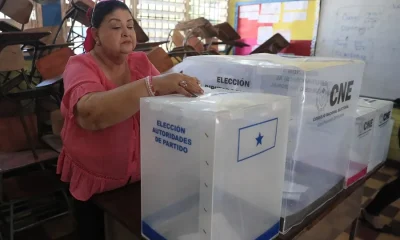
 Central America2 days ago
Central America2 days agoHonduras Extends Voting by One Hour Amid High Turnout, CNE Announces
-
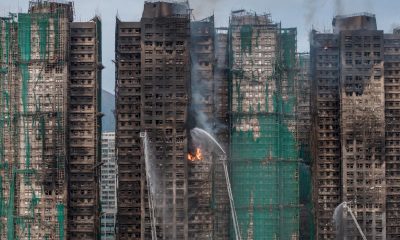
 International1 day ago
International1 day agoHong Kong police arrest 13 over deadly high-rise fire that killed 151
-
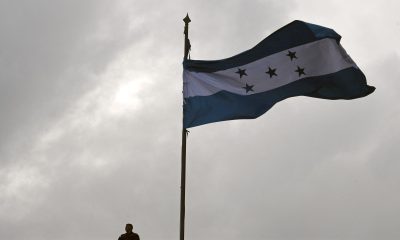
 Central America3 days ago
Central America3 days agoHonduras’ China–Taiwan Future Hinges on Sunday’s Presidential Election
-

 International4 days ago
International4 days agoMeta Says Russia Seeks to Ban WhatsApp for Defending Secure Communication
-
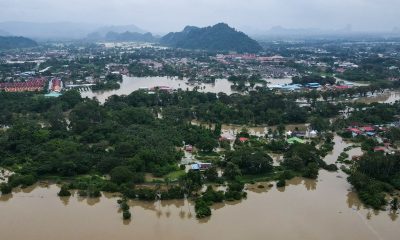
 International1 day ago
International1 day agoSri Lanka and Indonesia deploy military as deadly asian floods kill over 1,000
-

 International1 day ago
International1 day agoTrump says asylum decision freeze will remain in place “for a long time”
-
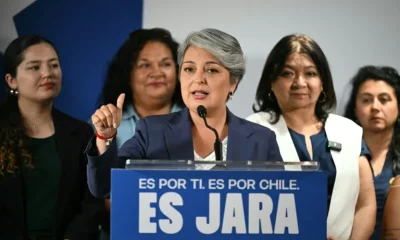
 International1 day ago
International1 day agoChile enters runoff campaign with Kast leading and Jara seeking a last-minute comeback
-
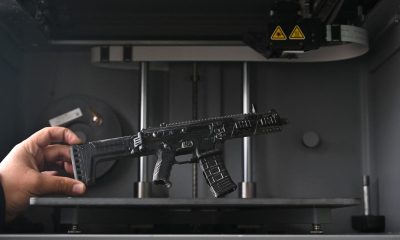
 International7 hours ago
International7 hours ago20,000 rounds stolen from german army after driver leaves cargo unattended
-

 International7 hours ago
International7 hours agoVenezuela authorizes return flights as U.S. continues deportations amid rising tensions
-
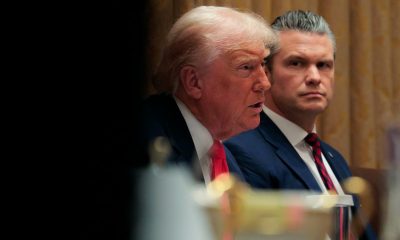
 International7 hours ago
International7 hours agoTrump convenes National Security Council as U.S.–Venezuela tensions intensify
-

 International7 hours ago
International7 hours agoEl Chapo’s son Joaquín Guzmán López pleads guilty to U.S. drug trafficking charges






























